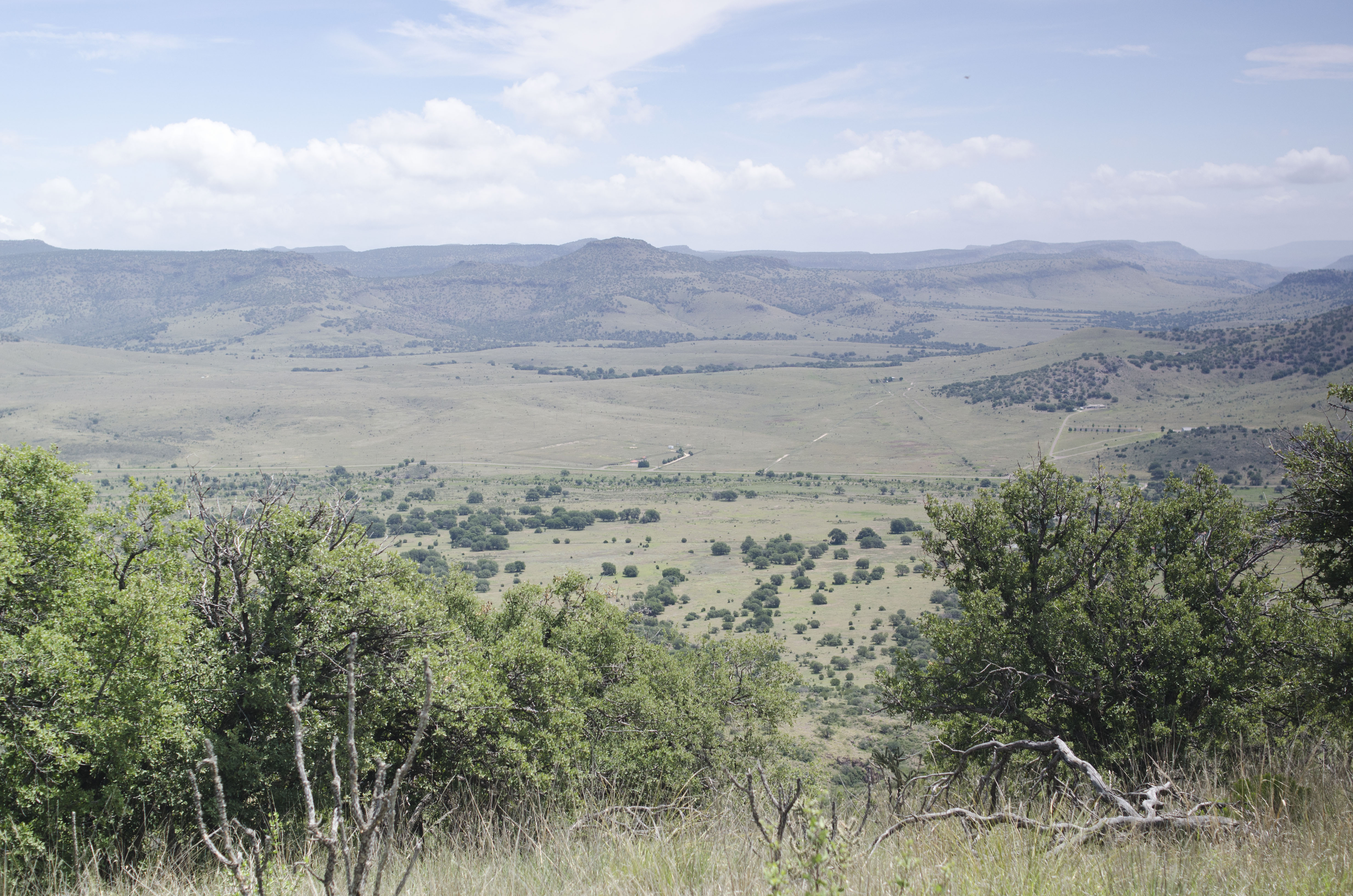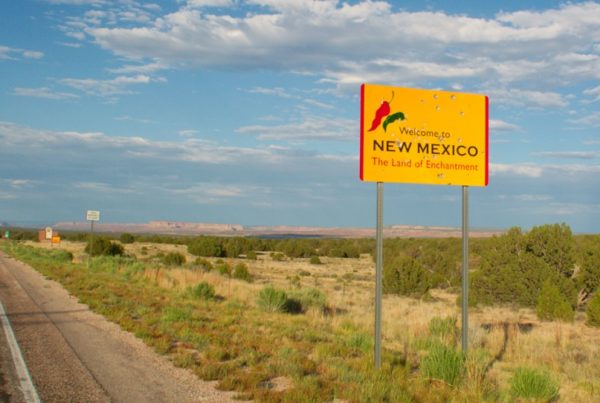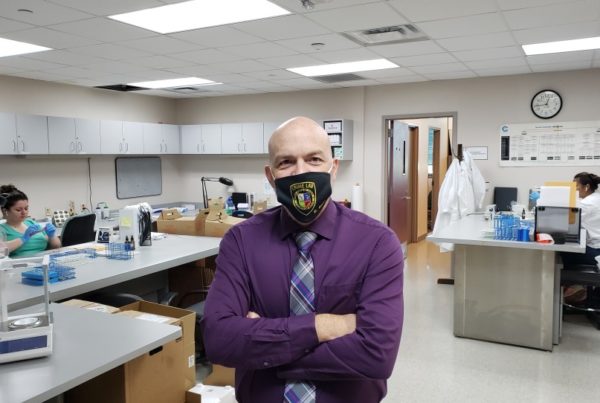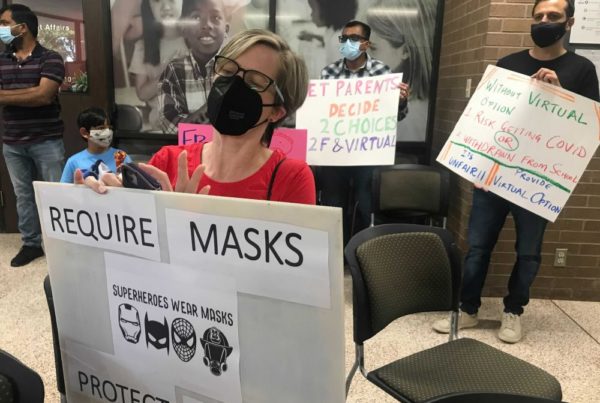Climatologists predict that as we move through the 21st century, Texas’ climate will become hotter and drier.
Some effects of this change, like access to water, are obvious. Others, less so. Zoya Teirstein of Grist recently wrote about one of those: proliferation of a soil-borne fungus that causes Valley Fever, a respiratory illness.
Teirstein reports that as Texas becomes more arid because of climate change, more of its soil will be hospitable for the fungus.
Listen to the interview above or read the transcript below to learn more about valley fever.
This transcript has been edited lightly for clarity:
Texas Standard: Valley Fever is becoming more common, according to the medical experts you spoke to. Tell us a little bit more about the disease itself and what causes it.
Zoya Teirstein: So Valley Fever is a really curious thing. It grows in the soil in this fungus called Coccidioides, Coxie for short. And it just grows sort of like how you would imagine mushrooms grow except doesn’t have a body that comes out of the ground. It grows like a network of fungi in the soil. And when that soil is disturbed, the spores of that fungi can kind of aerate into the air and enter people’s lungs and make them very, very sick.
Is it a respiratory disease in which you have trouble breathing? Is that the prime symptom?
Well, it’s important to note that about 60% of the people who breathe in these spores don’t actually get sick. It’s similar to COVID in some ways where some people have a really severe illness and some people don’t have any at all or a mild one.
But for those cases that do develop symptoms, it can be quite severe. It starts as a respiratory infection where you have perhaps trouble breathing, pneumonia, and then it can develop into disseminated Valley Fever, which is when the fungus spreads to other parts of the body. And that’s really a gnarly disease. It spreads to the face, the limbs. And those cases are the ones that can die.
How do you treat this disease? Is there a cure?
There’s no cure, per se. There’s a band-aid solution, it’s called fluconazole, it’s an antifungal treatment that doctors can give you orally or intravenously. But the truth of the matter is, is that it’s your own immune system that fights this this fungal pathogen. So if you’ve a strong immune system, your chances of fighting it off are pretty high…but immunocompromised people especially are at risk.
Could you say a little bit more about the relationship between this fungus that causes Valley Fever and climate change?
There’s been some speculation that wildfires spread this disease. And the researchers I talked to were not so clear on that. That’s still being researched.
What they are sure about, though, is that drought followed by intense rain, followed by drought, which is a pattern that that many states, including Texas, are seeing increasingly with climate change leads to this proliferation of this fungi. So Cocci really likes it when it’s wet and then when it’s dry, it dries out and that’s how the spores get disseminated into the air.
Valley Fever is already a threat in far West Texas. Is there any way to know how many cases there have been in the state?
States across the board have been kind of slow to tackle this threat. And Texas, especially West Texas, is endemic to Valley Fever, which means that it grows there naturally, the fungus that causes it. However, the state doesn’t even report the cases that they get to the [Centers for Disease Control and Prevention]. So we don’t know how many cases are coming out of west Texas, Texas in general, but it’s definitely there, researchers told me.
And the danger is that as climate change continues, we could see more densely populated areas exposed to this particular fungus, and that could lead to more cases of Valley Fever?
Correct. I mean, it’s not just that this fungus might spread with climate change because more counties and more states are becoming more hospitable to the to this fungus, but also that people are moving to these states. People are moving to Arizona a lot and they don’t know what this fungus is growing there. They have no idea what the public health threat is.
Is there a way to combat it?
It’s a really good question, and I don’t think researchers know how to tackle this yet. The first step, they told me, is to raise awareness about it, to make sure people know about it, not just patients, but also doctors, you know, who might have trained in New York, California, who might not be familiar with Valley Fever. So that’s sort of the first step is raising awareness. And then when it comes to tackling it, I mean, for example, the U.S. government could could better fund research into a vaccine for this for this disease. That might be a good first step.















